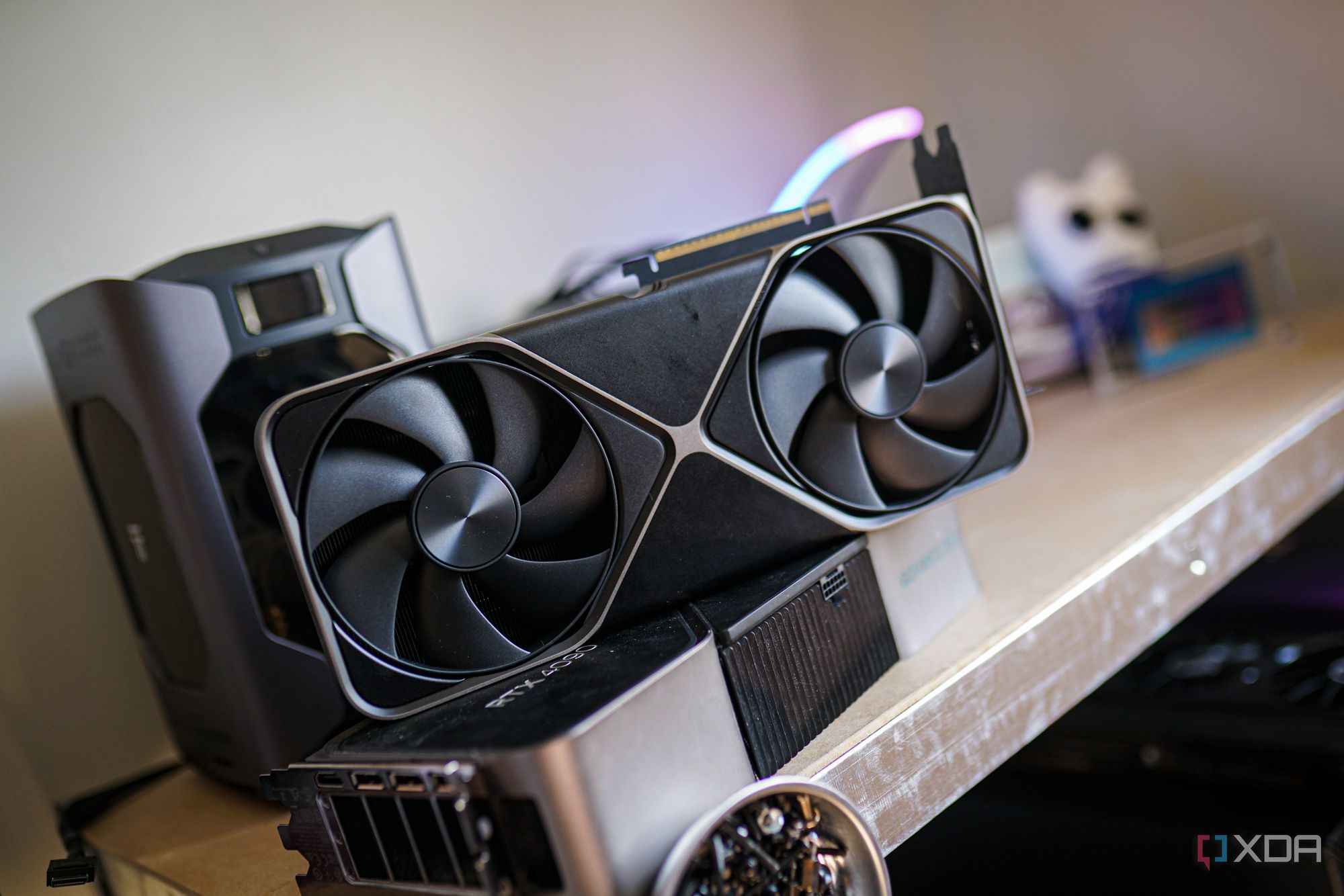Top Stories
Nvidia’s Reflex with Boost: Game-Changing Latency Reduction Now!

UPDATE: Nvidia has just announced transformative enhancements to its gaming technology, Nvidia Reflex with Boost, revolutionizing how gamers experience latency. This significant update, confirmed for all supported titles, is especially critical for competitive games like Counter-Strike 2 and Valorant, where every millisecond can mean victory or defeat.
The urgency of reducing input lag cannot be overstated, and Reflex with Boost is designed specifically to tackle this issue head-on. With fast-paced gaming becoming increasingly competitive, the implementation of this technology is more crucial than ever. Gamers worldwide are eager for any edge they can gain, and this innovation could be the key.
Nvidia Reflex operates as a low-latency mode, requiring support from developers to work effectively with Nvidia GPUs from the GTX 900 series onward. By synchronizing the CPU and GPU, Reflex reduces the time between player input and the resulting action on screen, significantly enhancing responsiveness. This mode is particularly beneficial in high-stakes environments where every click counts.
For gamers who want to maximize performance, the Boost feature included in Reflex takes latency reduction a step further. By preventing the GPU from downclocking during gameplay, Boost ensures that the graphics processor remains at optimal performance levels, ready to handle sudden spikes in rendering. This is especially vital in scenarios where the GPU may not be fully utilized, which could lead to unwanted latency spikes.
Developers have integrated Reflex into numerous popular games, offering simple toggles in the settings menu. Players can enable either “On” or “On + Boost” to ensure the lowest latency possible. In titles like Battlefield 6, players are encouraged to enable these settings to experience the full advantages of Nvidia’s technology.
The mechanics behind Reflex are intricate yet straightforward. By actively coordinating the CPU and GPU, Reflex submits frames to the GPU only when it is ready to render, eliminating the bottleneck caused by queued frames. This “just-in-time” processing allows for the freshest input to be displayed, a game-changer for fast-paced shooters.
As the gaming community becomes more aware of the competitive advantages offered by Nvidia Reflex with Boost, players are likely to flock to these settings in droves. The latest data shows that implementing Reflex can reduce input latency by up to 50% in certain scenarios. This statistic is not just a number—it represents a potential shift in the competitive landscape of gaming.
Moving forward, players are urged to engage with this technology, especially in competitive titles. With so much at stake in the gaming world, the benefits of reducing latency are clear. Nvidia’s Reflex with Boost is not merely an option; it’s a necessity for gamers serious about maintaining an edge.
As the gaming industry continues to evolve, innovations like these showcase the commitment of companies like Nvidia to enhance user experience. The integration of Reflex technology into more games and the ongoing push for lower latency solutions will undoubtedly reshape how players engage with their favorite titles.
Gamers are advised to stay updated on these developments, as the competitive gaming environment is ever-changing. Enabling Nvidia Reflex and Boost may be the difference between victory and defeat in your next match. Don’t miss out on the chance to enhance your gaming experience—activate these features today!
-

 Sports1 week ago
Sports1 week agoSteve Kerr Supports Jonathan Kuminga After Ejection in Preseason Game
-

 Politics1 week ago
Politics1 week agoDallin H. Oaks Assumes Leadership of Latter-day Saints Church
-

 Business1 week ago
Business1 week agoTyler Technologies Set to Reveal Q3 2025 Earnings on October 22
-

 Lifestyle1 week ago
Lifestyle1 week agoDua Lipa Celebrates Passing GCSE Spanish During World Tour
-

 Entertainment1 week ago
Entertainment1 week agoZoe Saldana Advocates for James Cameron’s Avatar Documentary
-

 World1 week ago
World1 week agoD’Angelo, Iconic R&B Singer, Dies at 51 After Cancer Battle
-

 Science1 week ago
Science1 week agoChicago’s Viral ‘Rat Hole’ Likely Created by Squirrel, Study Reveals
-

 Lifestyle1 week ago
Lifestyle1 week agoKelsea Ballerini Launches ‘Burn the Baggage’ Candle with Ranger Station
-

 Health1 week ago
Health1 week agoRichard Feldman Urges Ban on Menthol in Cigarettes and Vapes
-

 Health1 week ago
Health1 week agoCommunity Unites for Seventh Annual Mental Health Awareness Walk
-

 Business1 week ago
Business1 week agoMega Millions Jackpot Reaches $600 Million Ahead of Drawings
-

 Business1 week ago
Business1 week agoMLB Qualifying Offer Jumps to $22.02 Million for 2024









